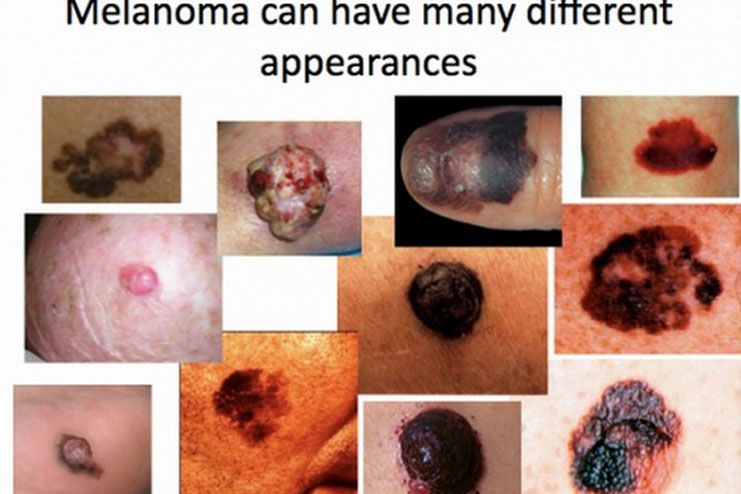Bone marrow is the spongy tissue inside some of your bones, such as your hip and thigh bones. It contains stem cells. The stem cells can develop into the red blood cells that carry oxygen through your body, the white blood cells that fight infections, and the platelets that help with blood clotting.
With bone marrow disease, there are problems with the stem cells or how they develop:


- In leukemia, a cancer of the blood, the bone marrow makes abnormal white blood cells
- In aplastic anemia, the bone marrow doesn’t make red blood cells
- In myeloproliferative disorders, the bone marrow makes too many white blood cells
- Other diseases, such as lymphoma, can spread into the bone marrow and affect the production of blood cells
Causes of bone marrow diseases include genetics and environmental factors. Tests for bone marrow diseases include blood and bone marrow tests. Treatments depend on the disorder and how severe it is. They might involve medicines, blood transfusions or a bone marrow transplant.
Symptoms of Bone Marrow Diseases
- feeling tired, weak or short of breath, usually because of anemia
- pain or fullness below the ribs on the left side, due to an enlarged spleen
- easy bruising
- easy bleeding
- excessive sweating during sleep (night sweats)
- fever
- bone pain
- genetic mutation in the Janus kinase 2 (JAK2) gene.
Risk Factors of Bone Marrow Diseases
- age more than 50 years
- another blood cell disorder
- exposure to toxic chemicals such as toluene and benzene
- exposure to radiation
Prevention of Bone Marrow Diseases
- gene mutations in multiple genes such as CEBPA gene
Occurrence of Bone Marrow Diseases.
Degree of Occurrence
- Rare between 10K – 50K cases
Common Age Group
- Aged – 50 years
Common Gender
- Not gender specific
- Physical Exam: To check the pulse and blood pressure
- Blood Tests: To check abnormally low levels of the red blood cells
- Imaging tests: X Rays and MRI used to gather more information about the myelofibrosis
- Bone marrow examination: To confirm diagnosis of myelofibrosis
Doctor for Diagnosis of Bone Marrow Diseases:
- Myelo-fibrosis Specialist
Complications of Bone Marrow Diseases if Untreated
- increased pressure on blood flowing into the liver
- pain
- growths in other areas of the body
- bleeding complications
- painful bones and joints
- acute leukemia
Procedures for Treatment of Bone Marrow Diseases
- Chemotherapy: Reduce the size of an enlarged spleen and relieve related symptoms
- Radiation therapy: Reduce the size of the spleen
- Surgical removal of the spleen (splenectomy): Removes spleen
- Allogeneic stem cell transplantation: Stem cell transplantation from a suitable donor to cure myelofibrosis










